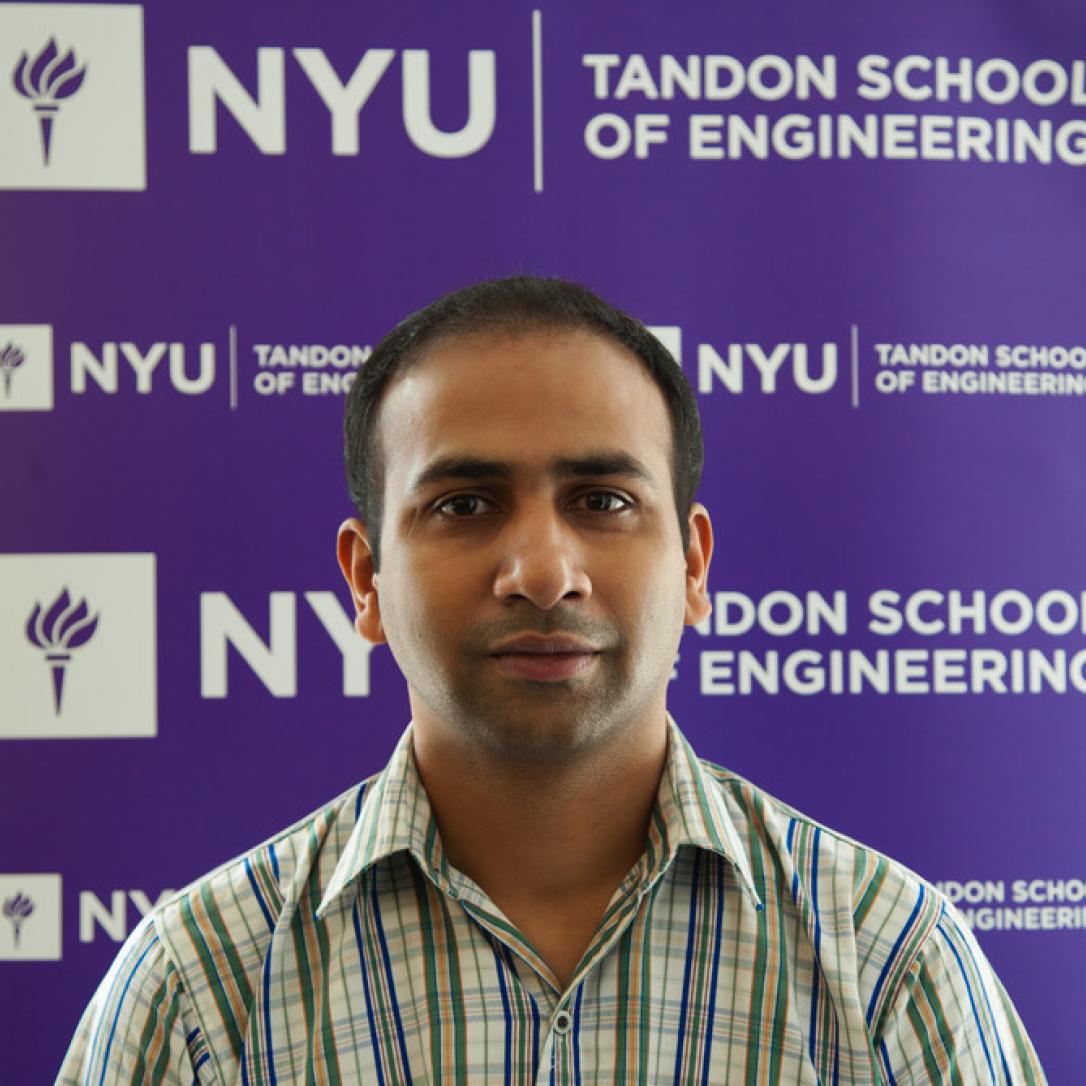DARPA recognizes Tandon researcher for work on infrared technologies
Ayaskanta Sahu is a 2021 recipient of the agency’s prestigious Young Faculty Award.
It looks so easy in the movies: a soldier easily dons a pair of sleek night-vision goggles and stealthily traipses through the terrain to find their target. In actuality, Ayaskanta Sahu, an assistant professor of Chemical and Biomolecular Engineering, explains, the goggles, which use thermal and infrared optoelectronic imaging, are generally heavy and uncomfortable. You can liken it, he says, to wearing a cap with a two- or three-pound mass hanging from the peak for a whole day; the strain on your neck is immense, and it’s hard to even lift your head up after a few hours.
 Sahu is engaged in research that could remedy things. “Current technology that involves radar, night vision devices, and visual watches has been relatively unchanged for decades,” he says. “There’s a real need to design novel sensors and imaging architectures that are durable, affordable, and capable of providing high performance and persistent surveillance. I want there to be night-vision devices that are as compact and lightweight as sunglasses.”
Sahu is engaged in research that could remedy things. “Current technology that involves radar, night vision devices, and visual watches has been relatively unchanged for decades,” he says. “There’s a real need to design novel sensors and imaging architectures that are durable, affordable, and capable of providing high performance and persistent surveillance. I want there to be night-vision devices that are as compact and lightweight as sunglasses.”
To that end, he is creating novel hybrid, mid-wave infrared (MWIR) detectors that will work quietly, at room temperature (eliminating the need to incorporate cooling units), and at low SWAP-C (an acronym for Size, Weight, Power and Cost).
“Military personnel often work in what are known as degraded visual environments or DVEs, conducting missions in haze, dense fog, smoke, and sandstorms, and they’re called upon to complete challenging tasks such as detecting and tracking humans and vehicles, identifying targets, and performing threat assessments,” Sahu says. “It’s important that they maintain the highest level of mobility and situational awareness.”
Recognizing the great potential of Sahu’s work, the Defense Advanced Research Projects Agency (DARPA), which is dedicated to finding breakthrough technologies for national security, has honored him with a 2021 Young Faculty Award, given to rising stars in the next generation of academic scientists, engineers, and mathematicians.
Sahu’s research has uses far beyond the military, however. “Think of firefighters who rescue people from smoke-filled buildings, for example, and autonomous vehicles, which must be able to identify obstacles in order to know when to brake or swerve,” he says. “MWIR detectors could also pave the way for new methods of sensing gas leaks, monitoring pollution, detecting cancer cells without biopsies, and a lot more.”




